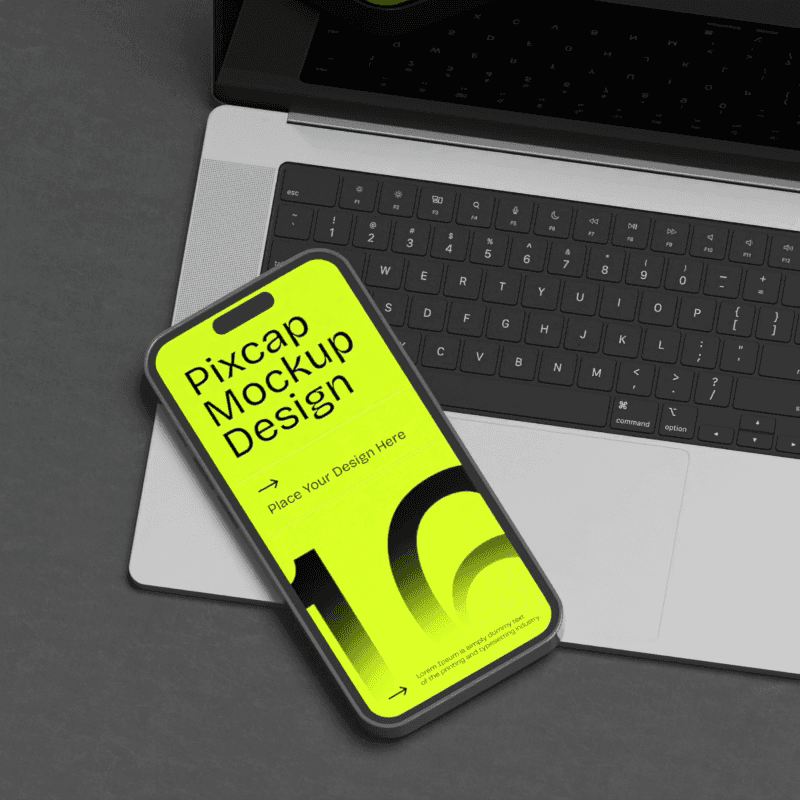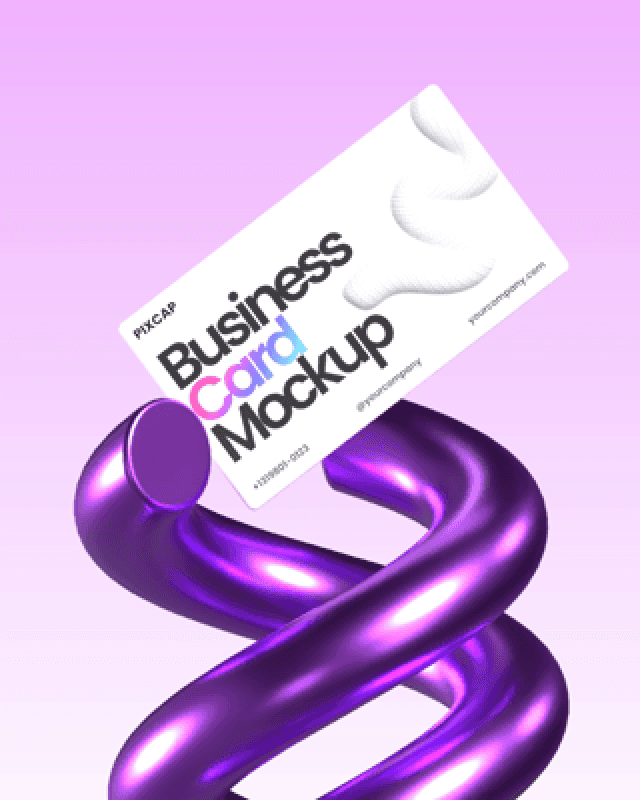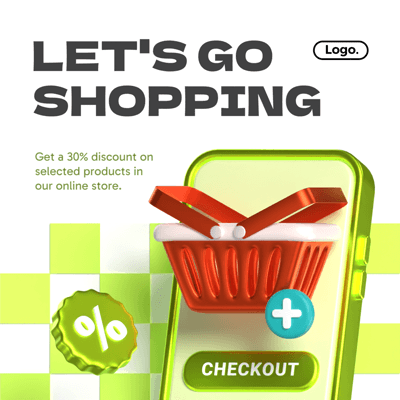Are you a professional 3D designer or animator looking to enhance your creations with advanced tools and resources? Perhaps you're a small to medium-sized enterprise seeking to incorporate captivating 3D models and animations into your marketing or product design process. Or maybe you're an advertising agency or marketing firm in need of visually appealing content to elevate your campaigns. Even educational institutions and trainers can benefit from employing immersive and interactive learning experiences with 3D models and animations. In this guide, we will explore the essential principles of user experience (UX) design specifically tailored for professional 3D designers and animators. With a focus on informative content, this comprehensive resource aims to help you master UX design principles, providing valuable insights and techniques to elevate your skills and deliver quality results in the digital design and technology realm.
Introduction to UX Design Principles
Importance of UX in 3D Design and Animation
User experience (UX) is a critical factor in the success of any digital product, and this holds especially true for 3D design and animation. Great UX ensures that the end user finds value in what you're providing, whether it's a product visualization, an educational tool, or interactive content. For 3D designers and animators, understanding UX design principles is key to creating work that is not only visually stunning but also intuitive and user-friendly.
Incorporating UX principles into 3D design improves engagement, increases user satisfaction, and can lead to a deeper emotional connection with the content. It's about creating a seamless journey for the user, where the 3D elements are not just decorative but serve a clear purpose and enhance the overall experience. By prioritizing UX, professionals can ensure their animations and models are accessible, usable, and enjoyable for their intended audience.
Understanding the Fundamentals
Grasping the fundamentals of UX design principles means diving into all the other sites of core objectives of what makes a design truly user-centric. It starts with usability—the ease with which your users can navigate and interact with your 3D content, but it doesn't end there. You must also consider the user's journey, anticipating their needs and behaviors at every turn. This involves designing for accessibility, ensuring that your content is usable by people of all abilities, which can often be overlooked in the visually intensive field of 3D animation.
Moreover, UX is about feedback user testing and iteration. It's essential to understand that initial designs are seldom perfect. Through testing and user feedback, 3D designers and animators learn what works and what doesn't, allowing them to refine their work. By gathering feedback from users and testing their designs, they can identify strengths and weaknesses, leading to continuous improvement and refinement. This iterative approach is central to creating designs that not only meet but exceed user expectations.
Mastering these UX fundamentals can elevate your designs from good to exceptional, resulting in more engaging and effective user experiences. By prioritizing usability, accessibility, and iterative refinement, designers can create immersive and impactful 3D experiences that resonate with their audience on a deeper level.
Bridging the Gap between UX and 3D Design
UX Design Principles for 3D Designers
For 3D designers, applying UX design principles goes beyond aesthetic appeal and delves into how users interact with three-dimensional spaces and objects. One design principle used is consistency, which involves maintaining a uniform look and behavior across all elements. This helps users form accurate predictions about how your design operates, leading to a smoother, more intuitive experience. Another is clarity, where designs must be self-explanatory, enabling users to understand the purpose and function of the 3D elements without confusion.
Affordance is also crucial; every design element should suggest its own use. For example, a 3D button should appear clickable, and its effect should be immediately obvious to the user. By focusing on these and other UX principles like feedback, error prevention, usability testing and minimalism, 3D designers can create environments that are not only immersive but also user-centric, enhancing the overall interaction between the user and the digital world.
Animators’ Guide to Mastering UX
For animators, the mastery of UX design principles is essential in crafting stories that resonate with viewers and enhance user interfaces. It starts with understanding timing and motion, which are critical in guiding users' attention and conveying the nature of interactions. When animations are well-timed, they can convey a system's responsiveness and provide satisfying feedback for user actions.
Another aspect is storytelling. Animations should tell a coherent story that aligns with the user's journey, providing context and enhancing the narrative of the user experience. This means knowing when to use subtle animations to hint at the user control possible actions and when to employ more elaborate ones to reward user interactions.
Above all, animations must be purposeful. Every motion should serve a clear function, whether it's to focus the user's attention, show visual hierarchy, demonstrate a relationship between elements, or visualize data. By integrating these UX principles, animators can create more intuitive and delightful experiences that keep users engaged and informed.
UX Design Principles for Enterprise Projects
Deploying UX in SMEs
Small to medium-sized enterprises (SMEs) can reap significant benefits from the integration of UX design principles into their 3D design and animation projects. For SMEs aiming to compete in the digital marketplace, an emphasis on UX can be the difference between a customer's one-time visit and lasting engagement. By deploying UX strategies, SMEs can ensure that their 3D content is not just visually impressive but also tailored to meet user needs and expectations.
The UX design process begins with research to understand the target audience, followed by usability tests and by the creation of user personas and journey maps. These tools help SMEs to identify key touchpoints where 3D design can have the most impact. By focusing on usability and user satisfaction, SMEs can create 3D experiences that are intuitive and enjoyable, leading to enhanced brand perception and customer loyalty. In the end, a strong UX strategy enables SMEs to deliver compelling digital experiences that drive business growth.
UX Role in Advertising and Marketing
In the realm of advertising and marketing, UX design principles are pivotal in crafting campaigns that capture attention and convert viewers into customers. A more user interface and-centric approach to 3D content can significantly enhance advertisements, making them more engaging and interactive. When potential customers feel a connection to the advertising content, they are more likely to explore the product or service being offered.
For marketers, this means creating 3D designs and animations that not only grab attention but also provide a seamless experience from the ad to the purchase. It's about crafting a narrative that resonates with the target audience and using design elements that guide and inform the user journey. It would be really interesting to not only include interactive elements, but also expriment with a mascot, or 3D characters that give a human touch and increase relatability.
Tools like Pixcap, a 3D graphic design web tool, play a crucial role in enhancing the user experience by simplifying the creation of visually stunning 3D content. With Pixcap's intuitive interface and powerful features, advertisers and marketers can easily create immersive 3D visuals and models that captivate their audience.
By leveraging Pixcap's capabilities, advertisers can streamline their workflow, iterate quickly on designs, and deliver high-quality content that resonates with users. The seamless integration of Pixcap into the advertising and marketing process enables professionals to focus on crafting compelling narratives and engaging experiences, ultimately leading to increased brand visibility and customer engagement.
By employing UX strategies, advertisers can create memorable campaigns that are accessible, intuitive, and aligned with the users' needs and values. In turn, this can lead to increased brand loyalty and a higher return on investment for marketing efforts.
Application of UX in Educational Settings
UX design principles for Academics
For academics, the application of UX design principles in 3D design and animation can transform educational material into immersive learning experiences. When educators incorporate UX into their digital resources, they cater to a wide range of learning styles and increase the material's accessibility. This approach can lead to improved student engagement and retention of information.
Key to this is the creation of educational content that is not only informative but also intuitive to navigate. Academics should strive for consistency in their visual design to help students build a familiar learning environment, reducing the cognitive load and allowing them to focus on the content. Interactivity is also essential, as it encourages active learning and allows students to explore concepts at their own pace. By prioritizing these UX principles, educational professionals can create effective and captivating educational tools that enhance the learning experience and drive academic success.
The Impact of UX on Interactive Learning
UX design principles have a profound impact on interactive learning by shaping how students interact with educational content. Good UX can make learning tools more intuitive and can significantly reduce the barriers to learning. When students are presented with information architecture a well-designed interactive 3D environment, their engagement levels increase, which can lead to a deeper understanding of the subject matter.
Interactive learning tools that follow UX design principles allow for personalization and adaptability to cater to individual learning paths. This personalized approach ensures that learners remain motivated and can track their progress, which in turn boosts confidence and encourages further exploration. Moreover, incorporating elements such as gamification, which is rooted in UX, can make learning more fun and rewarding. This positive reinforcement through interactive UX design not only enhances the educational experience but also equips learners with the ability to apply knowledge in practical, real-world scenarios.
Conclusion: The Future of UX in 3D Design and Animation
The future of UX in 3D design and animation is one of continued integration, user research and innovation. As technology advances, the possibilities for creating more immersive and intuitive experiences expand. UX design principles will become even more crucial as the lines between the digital and physical worlds blur, with 3D design and animation playing a pivotal role in this convergence.
Designers and animators who master UX principles will find themselves at the forefront of creating experiences that are not only visually stunning but also deeply resonant with users. Whether in marketing, education, or entertainment, the ability to craft user-centered designs will be a key differentiator in a crowded digital landscape. As we look to the future, the successful application of UX principles in 3D design and animation will not only enhance user satisfaction but will also drive innovation in how we interact with and perceive the digital world.














